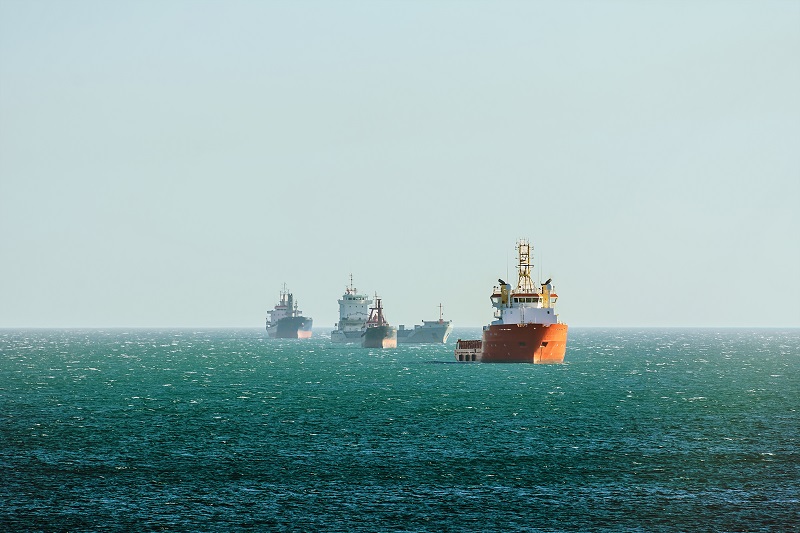On November 8, the Royal Norwegian Navy frigate Helge Ingstad was returning from NATO exercises when it collided with the tanker Sola TS (Malta) in the Hjeltefjord near Bergen, Norway. Fortunately, there were no serious injuries, but the Helge Ingstad received heavy damage during the collision. In 2017, two U.S. naval vessels, the USS McCain and the USS Fitzgerald, were involved in collisions with other vessels. There was loss of life in both incidents.
Despite advances in technology, collisions between vessels continue to take place. But why?
These types of collisions are among the most serious of maritime accidents. They can result in millions of dollars’ worth of damage or even the total loss of the vessel. The environmental impact of these collisions can be devastating, especially for coastal communities with economies that depend on tourism and the commercial seafood industry. The vessel’s crew can suffer severe, even fatal injuries during the collision: slip and fall injuries that can result in cuts, sprains, spinal injuries, head injuries and fractured bones; hypothermia; PTSD and other mental disorders; and drowning. It is not unusual for members of the crew to be killed or go missing after one of these types of accidents.
Factors That Cause Vessels to Collide
The three main factors that contribute to collisions between vessels are:
Factor X? Conspiracy buffs have speculated that many of these recent collisions, especially those involving military vessels, were actually the result of cyberattacks, although there is no evidence to support their theories.
If You Have Been Injured In a Collision at Sea
It is not unusual for crewmen and passengers to become injured when two vessels collide. If you were injured in a collision between two vessels that was caused by human error, defective equipment or other negligence, you have a right to seek compensation for your injuries under maritime laws.
Lambert Zainey has more than four decades of experience protecting the rights of seamen, passengers and surviving family members whose lives have been impacted by a collision between two vessels. Contact us to speak with one of our outstanding maritime attorneys. Lambert Zainey is headquartered in New Orleans and represents clients nationwide who have been injured in all types of maritime accidents.

